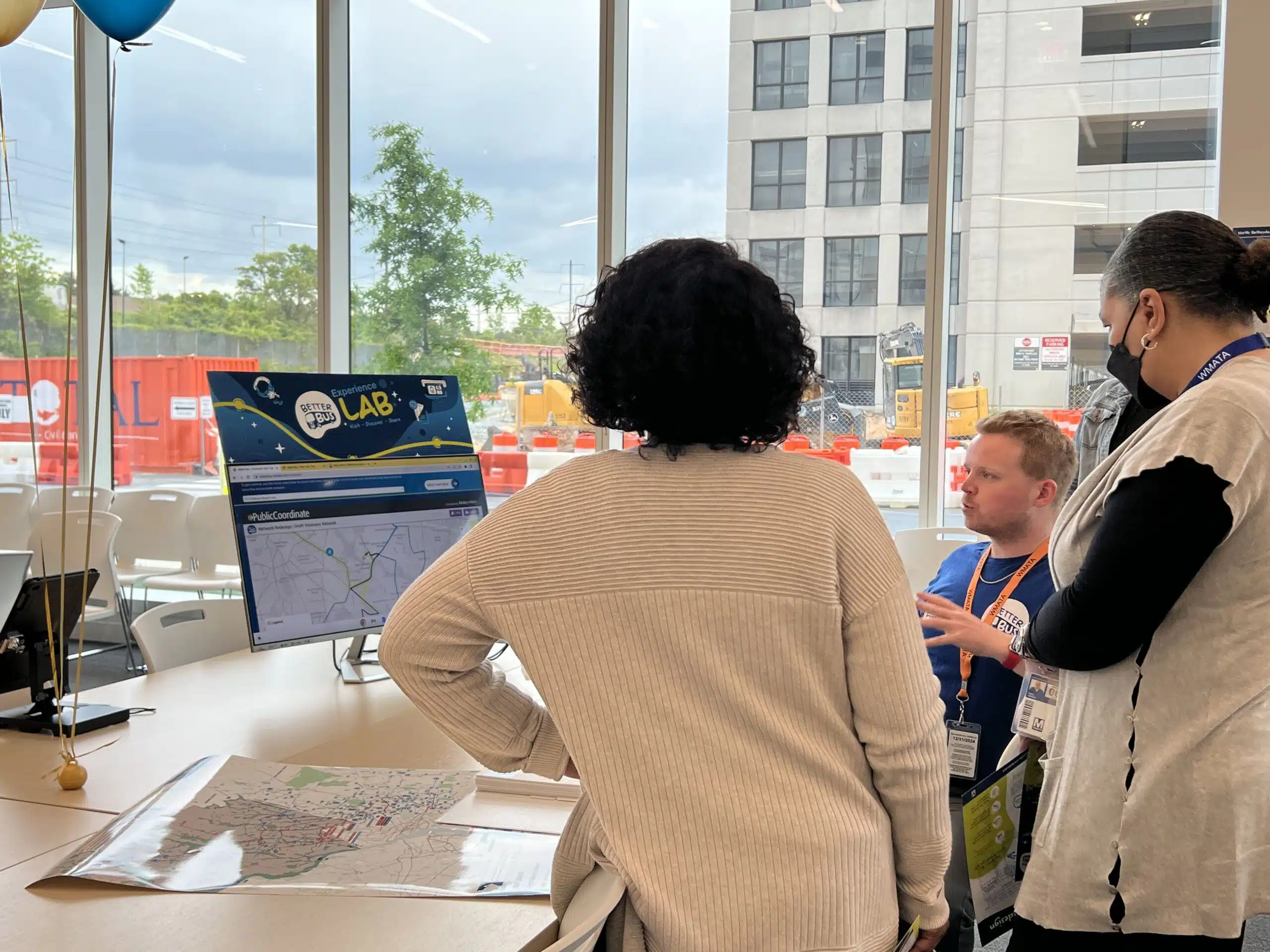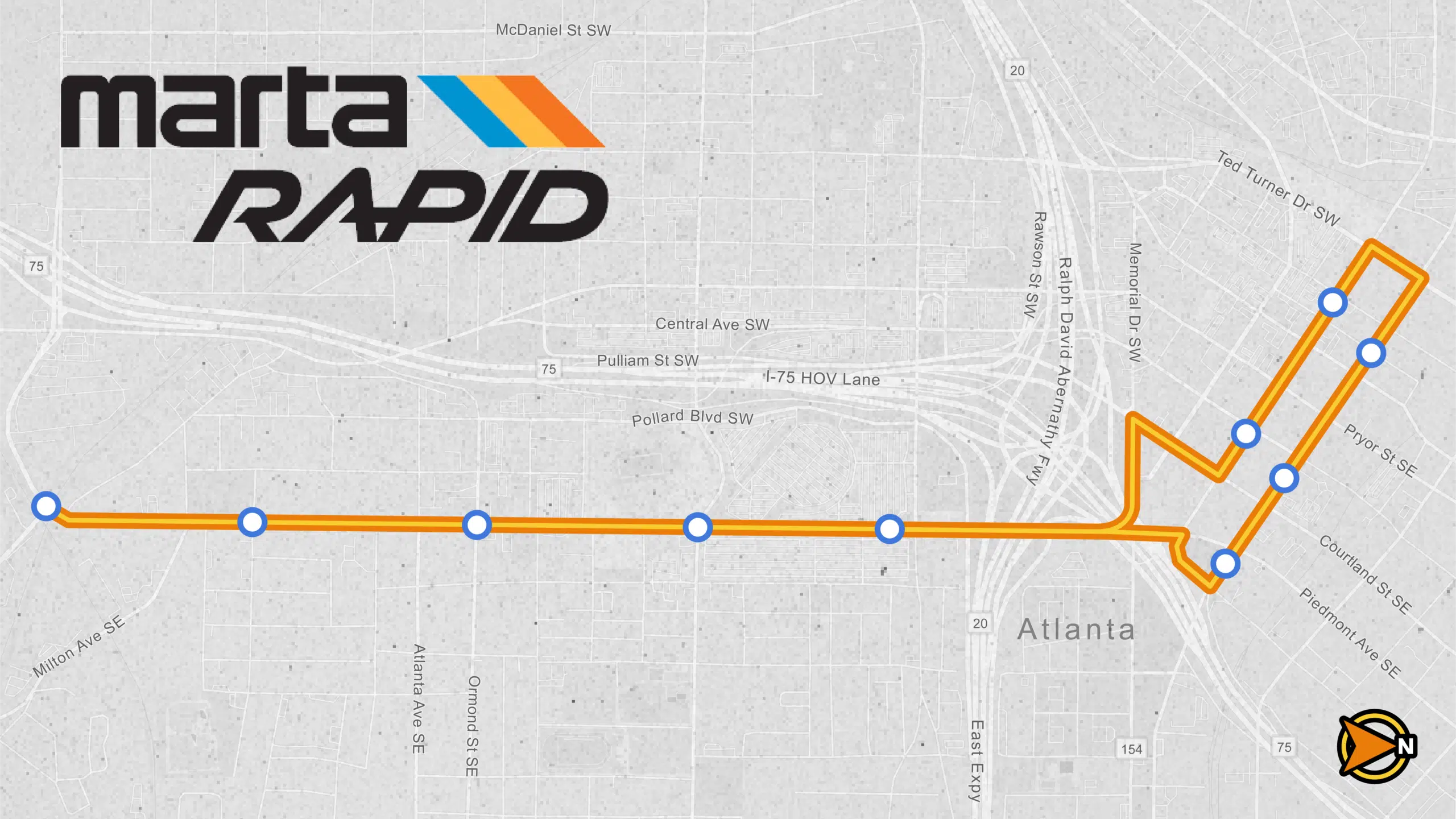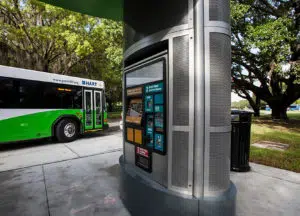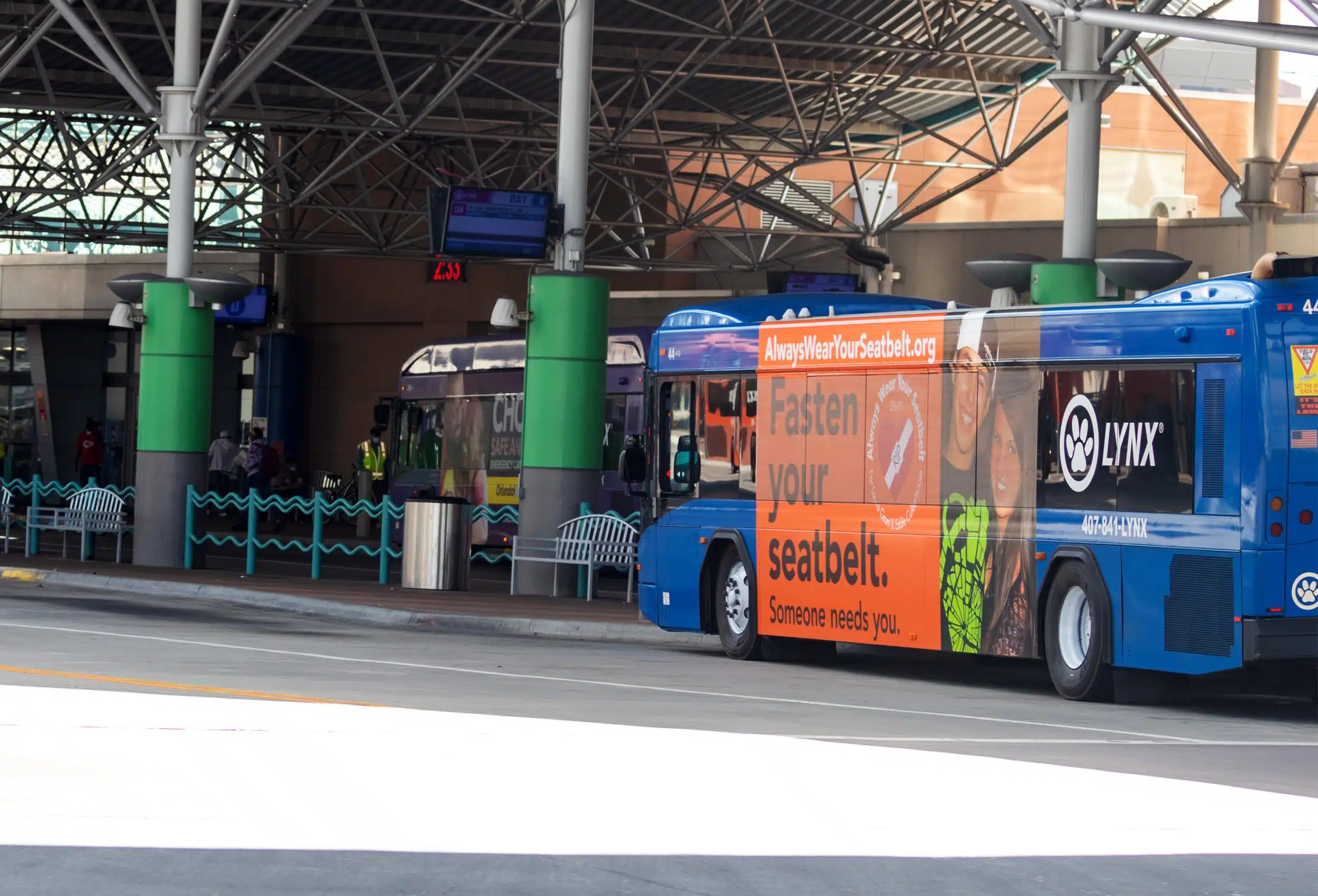Public outreach and stakeholder coordination were essential to address the needs of the District’s various communities and develop partners for the Better Bus Network Redesign. With Kimley-Horn’s support, Metro engaged more than 20,000 members of the public, stakeholders, and employees to gather feedback on implementing alternative bus routes that would better serve communities of color, individuals with disabilities, and those with limited English proficiency. We assisted in holding 63 public outreach events in a 62-day period, including interactive workshops, roadshow pop-ups, bus ride-alongs, and Lunch & Learn webinars. More than 20% of our conversations and collected comments were in languages other than English—a direct result of providing multilingual materials.
Throughout the engagement period, we led efforts to reach key technical stakeholders, elected officials, and more to facilitate their partnership. To accomplish this, we held events with regional organizations, conducted youth outreach, and engaged local committees. We also directed employee engagement efforts, gathering feedback from Metrobus operators and other Metro staff.





